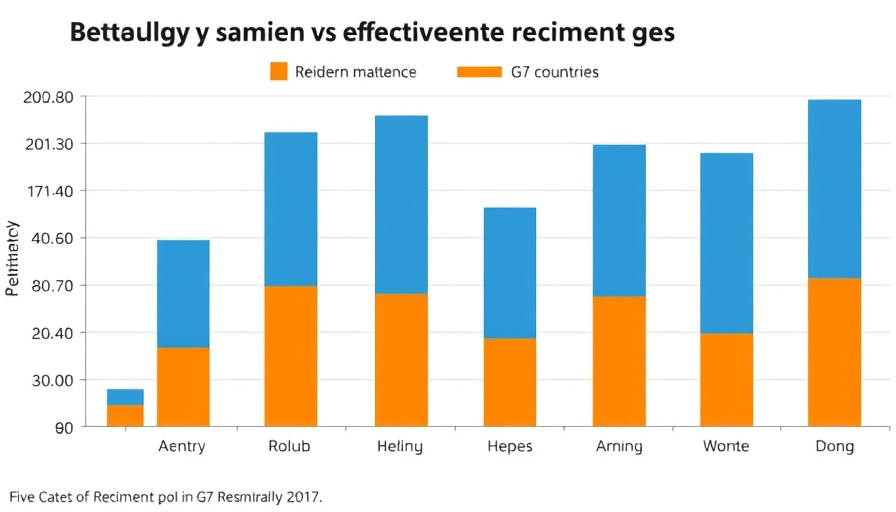
Government Layoffs: A Case Study in Workforce Automation
As we delve into the consequences of significant government layoffs, a pressing question arises: what happens when organizations drastically reduce their workforce, hinging their future success on artificial intelligence? The recent shifts in the federal workforce under the Trump administration offer valuable lessons for the private sector, particularly in navigating the uncertainties brought by automation.
The Importance of Strategic Workforce Planning
In 2020, companies faced massive disruptions as the pandemic abruptly altered recruitment and team structures. These developments echo the 2008 financial crisis, a period marked by workforce reduction and strategic planning necessity. These experiences underscore the importance of intentional workforce strategies to manage change effectively and align capabilities with organizational goals. Strategic workforce planning is not merely about cost-cutting; it’s about forecasting future needs and preparing teams to adapt.
Lessons Learned: Embracing AI Responsibly
The push towards AI in sectors like healthcare and military presents significant implications for employee performance and engagement. While automation promises efficiency, it also raises questions regarding the future roles of employees. How can organizations evaluate the balance between tech and talent to maintain a high-performance culture? The approach should be inclusive, integrating AI in ways that support and enhance employee capabilities rather than completely replace them.
Future Predictions: The Evolving Role of Leaders in Workforce Management
As the lines of workforce dynamics shift, leaders in talent management—including CHROs, Chief People Officers, and VPs of Talent—must now prioritize not just retention strategies, but re-defining job roles to coexist with AI. The transition towards AI will demand a new breed of leaders who are not only adept at managing people but also excel in optimizing technological tools to boost productivity.
Call to Action: Rethink Your Workforce Strategy
In an age where workforce cuts are common and technology is rapidly evolving, now is the time for leaders to rethink how they approach talent management. Assess the implications of automation in your organization and prepare your teams for the future. Engage with your employees, invest in their growth, and adapt your strategies to create a resilient and empowered workforce.
 Add Row
Add Row  Add
Add 




Write A Comment